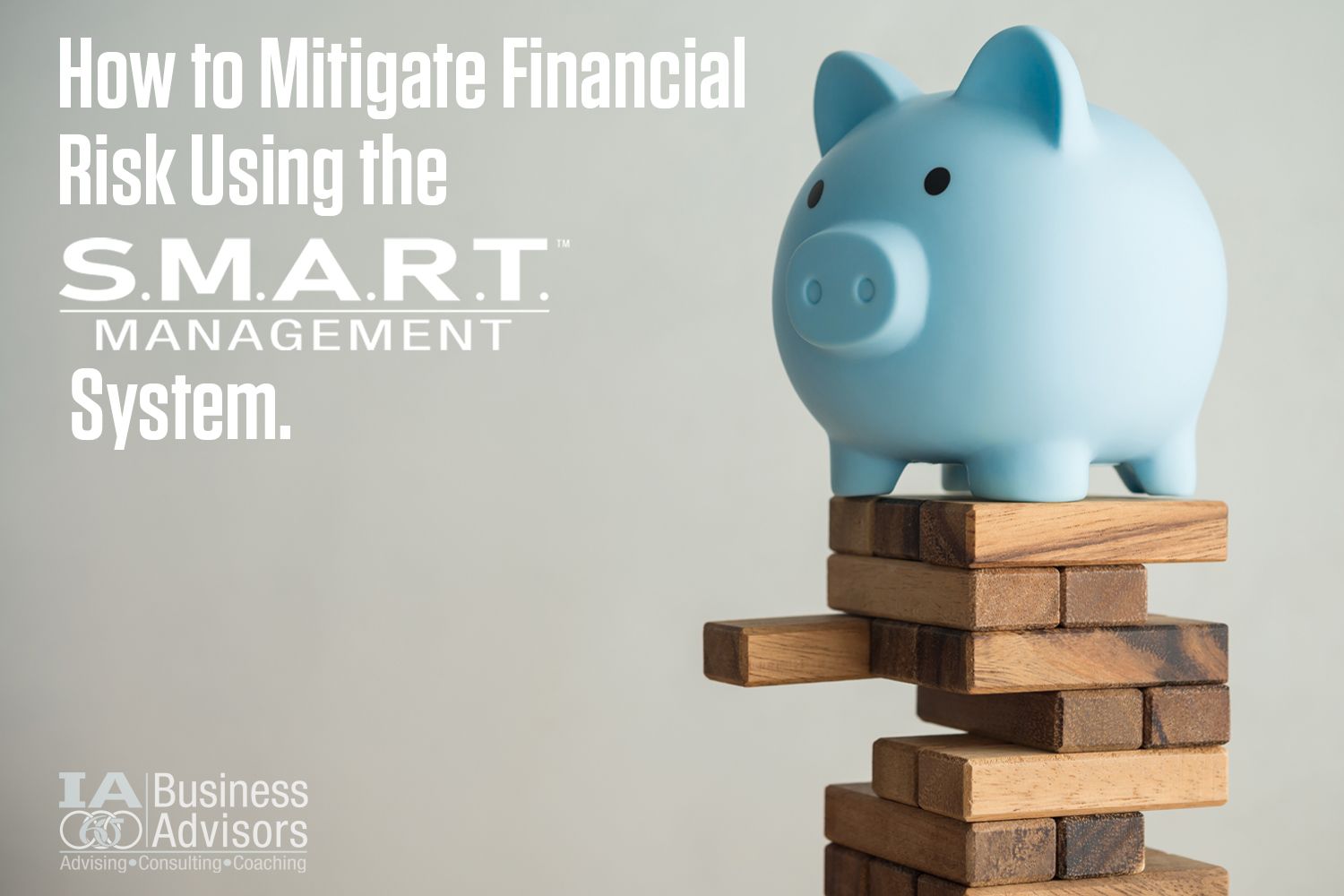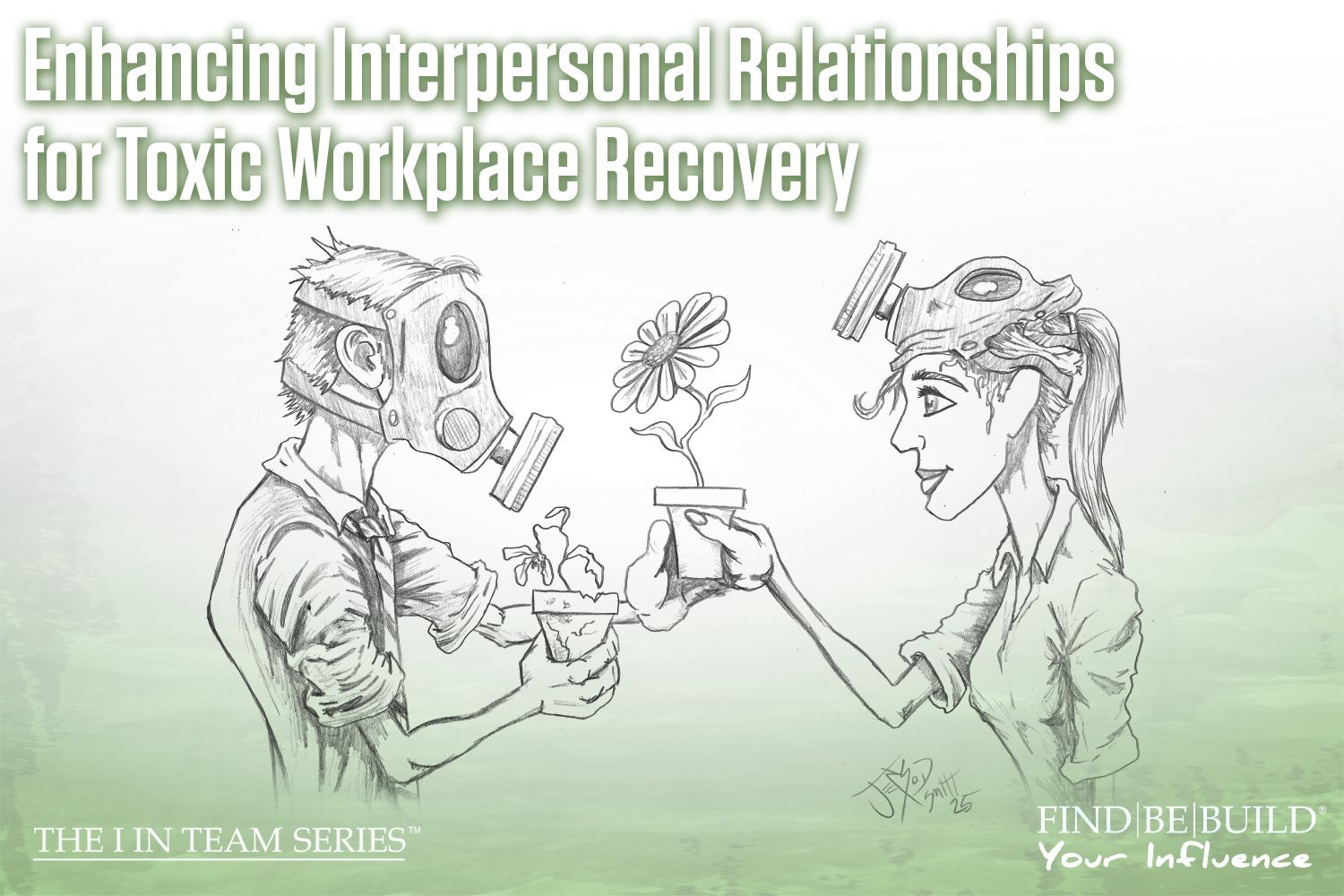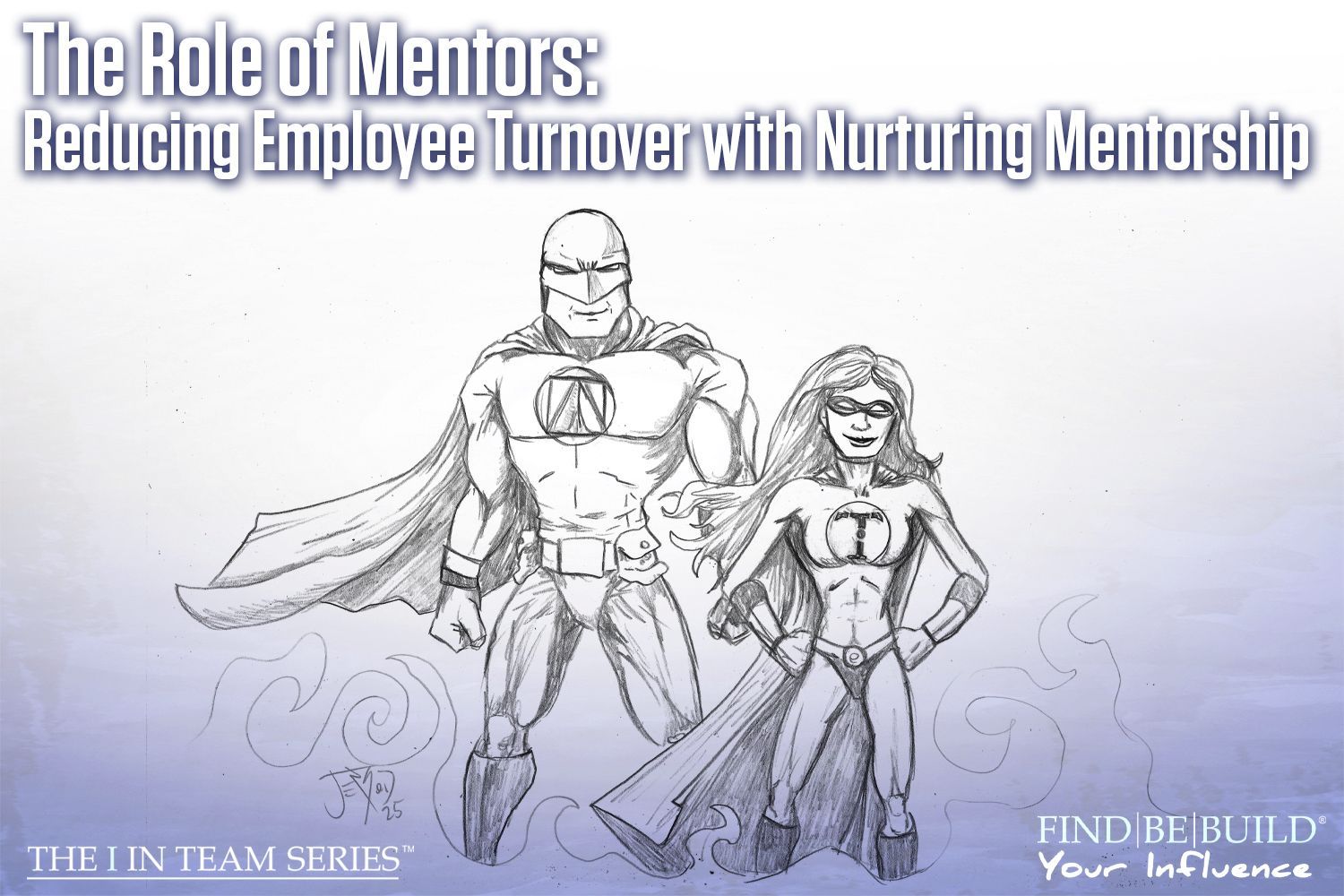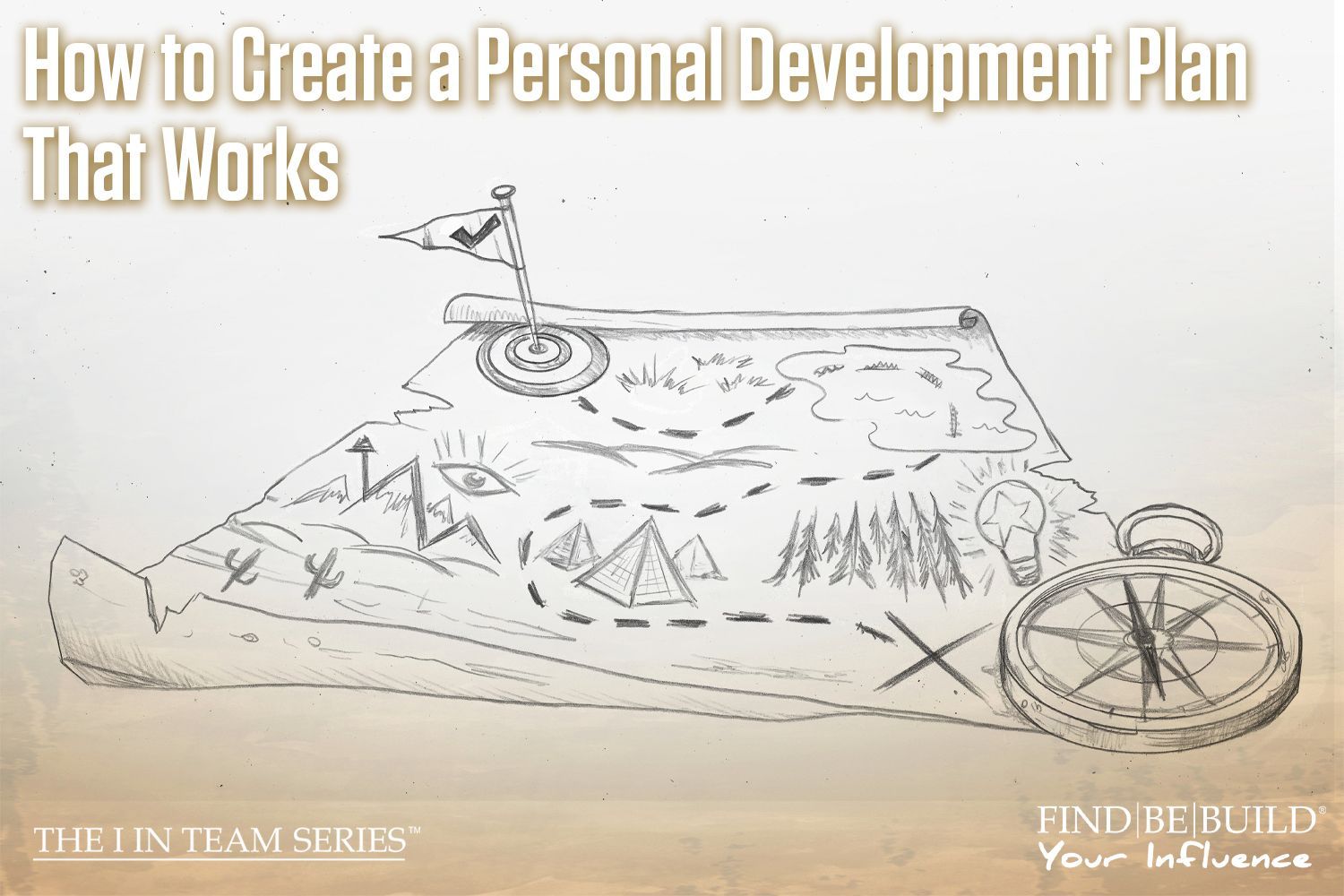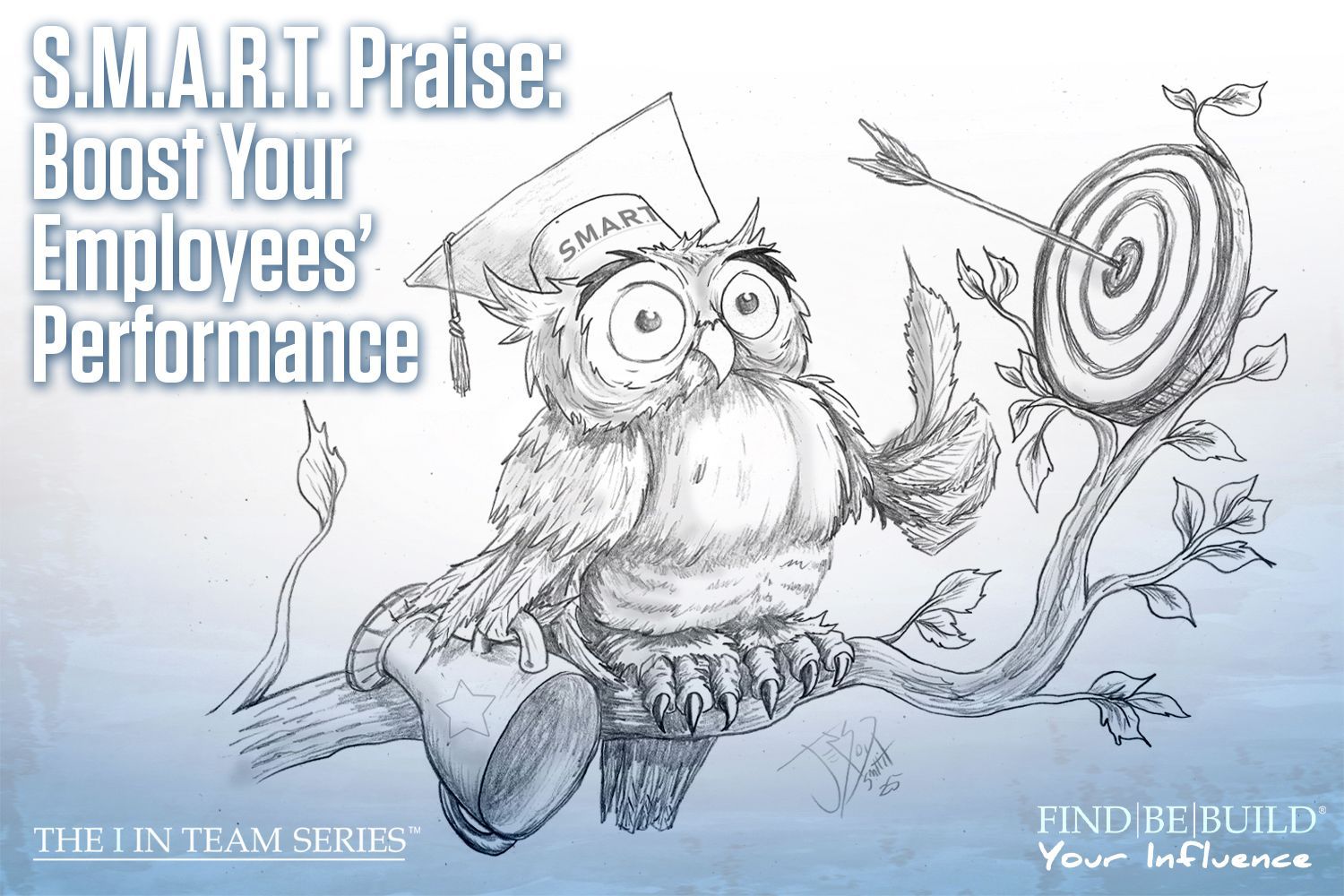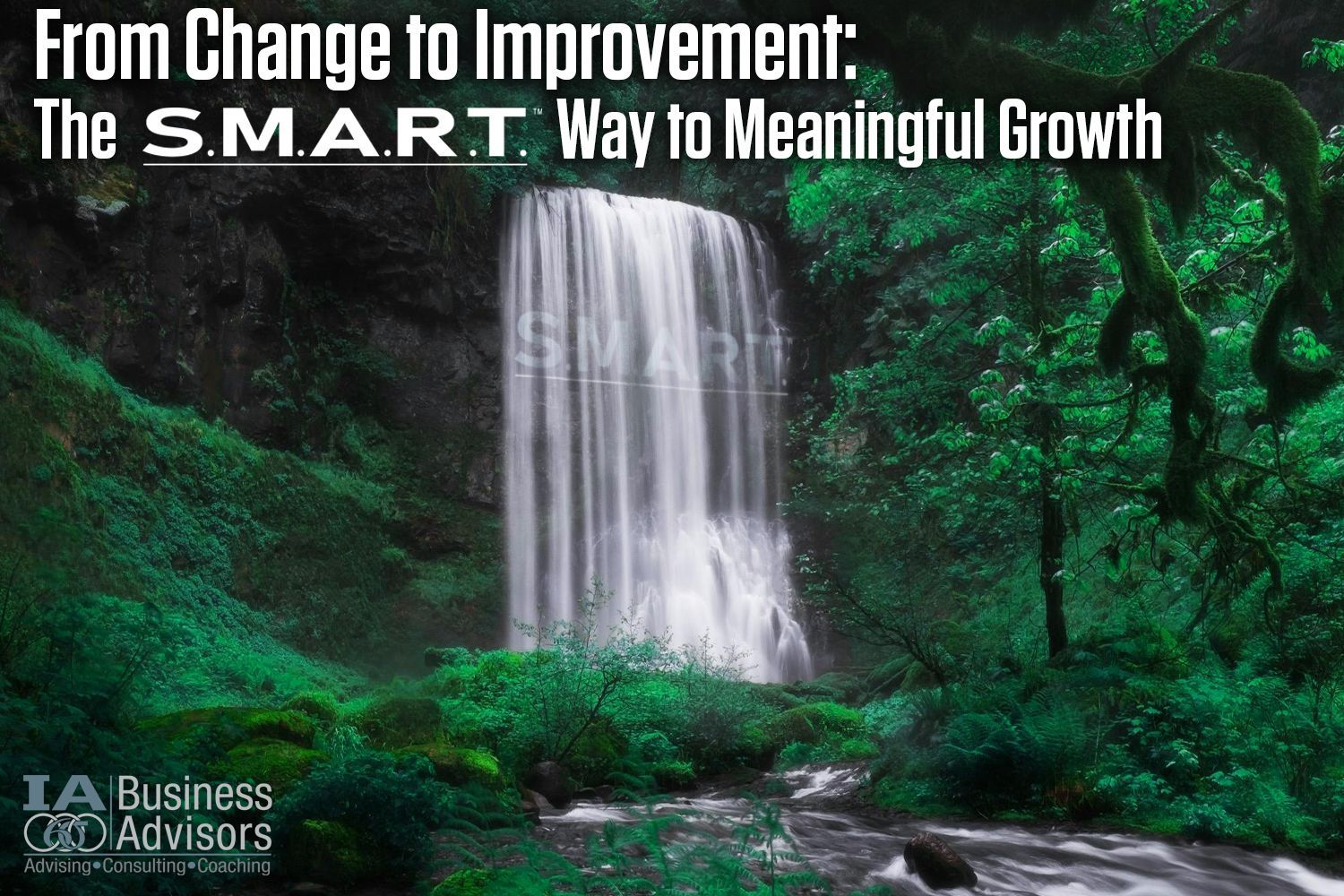8 Ways to Be a Positive Influence

Positive influence in business consulting
8 Ways to Be a Positive Influence
Whether we are at home, at work, or standing in line at Starbucks, how we show up and the energy we project influences those around us. If we are tired or irritable, that energy impacts our kids, our coworkers, or the person taking our order. Conversely, if we are smiling, energetic, and curious, that positive energy can lift the moods of those that we interact with. Hence, how we show up and how we present ourselves has ramifications for how we operate as a family, a team, or a collection of strangers.
One of the first actions we can take to nurture and control our influence is to become self-aware. To notice how our actions impact not just ourselves, but others too. Recognize the way that a good mood can be contagious to others. It can increase the energy in a room and lead to more collaboration and creativity. One of the best parts is the fact that the ripple effects of positivity can be long lasting.
On the flip side, we need to be equally aware of the factors that might negatively affect our influence - for example, when we are hungry, angry, lonely, or tired, we may not be positioned to easily experience positivity in our mindset. This energy not only drains us but can also sap the energy of others. This is especially true if we lash out because we lack the emotional regulation required for the moment.
Step 1 - Be Honest
Honesty is the cornerstone of any healthy relationship. Honesty leads to trust and with trust, we foster an environment of vulnerability, one in which each person feels safe when sharing a mistake or lapse in judgment. Whether it's your kids relaying an issue at school or a coworker sharing that a deadline won’t be met, without trust, those issues get hidden or avoided. And when that happens, the problems tend to get worse, further eroding trust. Instead, through open, honest communication, we are able to work together to solve problems and strengthen the bond of our relationships. Just remember, honesty works both ways - we need to be honest with ourselves and with others. Positive influence starts with honesty.
Step 2 - Slow Down
My grandmother used to tell me, “haste makes waste.” And that was before all of the technology we take for granted today was pervasive. Back then, as a kid, when I went too fast, I got hurt or I got the answer to the question wrong. As an adult, when I go too fast, I make mistakes with far greater consequences. Hence, slowing down is a skill that the most successful people have learned to cultivate. By slowing down, we are rooted in the present moment. We can be more mindful of the things that we say and do, as well as the words and actions of others. When we are fully present, we increase our influence because those around us feel seen and heard.
Step 3 - Be S.M.A.R.T. in How we Communicate
Another benefit of slowing down is that it allows us to take the time to be clear in how we communicate. If you analyze the cause of most problems at home or at work, lack of clarity is a very common culprit. Did you fully explain what needed to be done and outline expectations? Did the other person understand what you meant? Did they ask questions?
At IA Business Advisors, we practice using S.M.A.R.T. in all of our communications. When setting goals, scoping a project, or providing feedback, we strive to be specific in what we say. We invite questions to make sure that everyone is on the same page. From there, we make sure that the outcome is measurable, and that the tasks and goals associated with the project are both attainable and realistic. Finally, we make sure that it is time bound. A timeline allows for the measurement of progress and should also allow for adjustments along the way to accommodate unforeseen challenges. By being S.M.A.R.T. in how we communicate, we increase our positive influence by being clear on what and how we communicate. And on what we expect.
Step 4 - Promote a Healthy Work/Life Balance
If we are charged with setting the pace for our teams, and aren’t aware of our actions, or intentional about our communications with team members – for example, sending emails on the weekends or late at night - it becomes part of the culture. For this reason, it is critical that we strive to lead by example. Avoid glorifying overwork. Acknowledge that lack of balance can lead to burnout or even health issues. Schedule emails to be sent in the morning. Support practices that prioritize well-being such as respecting the boundaries between work and home. Encourage your team to take breaks, vacations, and take advantage of self-care opportunities.
Step 5 - Be Accountable
While some of the previous items on this list have been about clarity, this item is about consistency. As humans and as leaders, if we want to build and sustain a positive influence, we must follow through with the things that we say we are going to do. That requires us tohold ourselves accountable for our words and actions. In doing so, we create stability and trust within an organization and signal to others that they can rely on you.
When it comes to holding others accountable, it is helpful to think about ways to provide constructive feedback in a timely manner, as opposed to embarrassing or disciplining team members when something goes wrong. This requires us to engage with Step 2 and Step 3 above, because we not only do we need to slow down in order to determine the root cause of a problem, but we then also need to utilize S.M.A.R.T. communications to allow for a different outcome in the future.
Step 6 - Seek Opportunities for Personal Growth
As a leader, we must continuously strive for personal and professional growth. Reading books, working with a coach, attending workshops and seminars, or joining an affinity group are all great ways to learn and grow. Using that new knowledge, we can take the initiative to identify areas for improvement and propose constructive solutions. Moreover, when we seek opportunities for improvement and share what we learn, we inspire and influence those around us to do the same.
Step 7 - Foster a Learning Culture and Invest in Others
Step 8 - Show Gratitude and Celebrate Achievements
Express appreciation for the efforts of your team. Do it publicly and do it often. Gratitude is a powerful tool. A simple “thank you” or expression of gratitude can boost morale and build more positive relationships. In addition, celebrate the accomplishments of the team including birthdays and other important milestones and events whether work-related or personal. Recognizing significant moments and the contributions of our team can be shared through various mediums such as newsletters, team meetings, through chat or email, or even on an office whiteboard. When it comes to expressing gratitude or recognizing the efforts of others, the truth is, the “how” matters far less than the “what” or the “why”. As leaders, our influence multiplies when we acknowledge and celebrate the efforts and achievements of our team and fosters a sense of pride and camaraderie that radiates outward.
Being a positive influence is an ongoing effort. It starts with being self-aware and recognizing that our words and actions impact those around us. How we show up mentally, physically, and emotionally. impacts the people we work with and the people we love. If we are feeling hungry, or angry, or lonely, or tired, instead of trying to soldier on and potentially saying or doing something that will negatively impact someone, we should take the time we need to recharge. In doing so, we embody the growth mindset that keeps us on the path towards becoming the best version of ourselves. Conversely, when we are feeling good and bubbling over with positive energy, we should share the wealth of that feeling and lift the spirits of the people in our lives. Drop a compliment. Ask them about their day. Smile.
